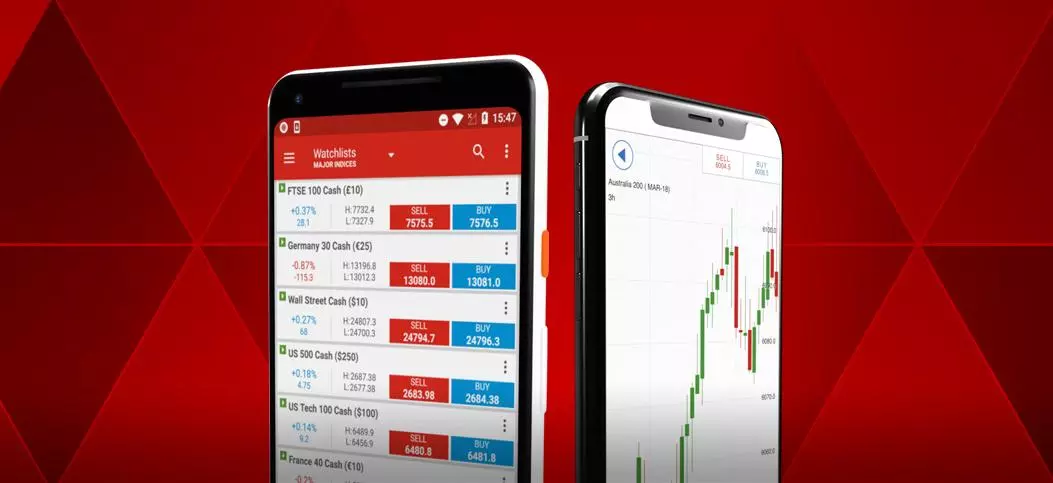Recession fears ease as Q3 earnings season winds down
Now that most of the S&P 500 have reported earnings, it seems recession worries have abated to an extent

How did US companies perform in this earnings season?
As of 18 November, with 94% of the S&P 500 having reported earnings, 69% of companies in the index have reported a positive surprise in earnings per share (EPS), with 71% reporting a positive surprise in revenue. The earnings surprise level is below both its five- and ten-year averages, indicating continued weakness in US corporate performance relative to recent history.
The overall earnings growth rate for Q3 is currently 2.2%. This is the lowest growth rate for companies in the S&P 500 since the third quarter of 2020, when earnings fell 5.7%. Eight sectors in the index reported a decline in earnings over the year, including the financials and materials sector. By contrast, earnings growth was seen in the energy, real estate and industrial sectors
Are US stocks now cheap?
The decline in US indices this year and the fall in earnings has meant that the PE ratios for the index are lower. As of mid-November, the PE ratio for the S&P 50 is 17.2. This is below the five-year average of 18.5 but it remains above the ten year average (17.1).
This leaves the index rather finely-balanced, although given the gloomier outlook for the year ahead, which is expected to see further earnings weakness, these valuation levels may fall further. Stocks are, in the final analysis, driven by earnings growth, and further weakness in 2023 will mean stocks are at risk of further, potentially significant, falls.
Are recession fears increasing?
While it might seem like US companies continue to worry about a recession, it appears that, for now, recession fears are easing.
Q3’s GDP figure marked the first positive growth report in three quarters, and as a result, fewer companies in the S&P 500 reported recession fears in their earnings conference calls.
179 companies used the word ‘recession’ in Q3 earnings calls, a level well above both the five- and ten-year average, but down from Q2’s 242. However, earnings forecasts for the next quarter have fallen to -2.1%, the first annual decline since Q3 2020, when earnings fell 5.7%.

S&P 500 – technical analysis
Since mid-October, when the index briefly traded below 3500, its lowest level in two years, It has rebounded some 500 points, or almost 15% peak-to-trough.
The post-CPI bounce resulted in the index pushing above trendline resistance from the August high, and after some consolidation, it has resumed its move, rallying above 4000 and targeting the 200-day SMA (currently 4050).
If it succeeds in reaching the 200-day SMA, then it will be the first time this indicator has been reached since early August. However, it will still need to move above the early September highs at 4156. This would continue to confirm the strength of the bullish rebound.
A reversal below 3900 would be needed to revive a short-term bearish view and suggest that a test of trendline support from mid-October might result.

This information has been prepared by IG, a trading name of IG Limited. In addition to the disclaimer below, the material on this page does not contain a record of our trading prices, or an offer of, or solicitation for, a transaction in any financial instrument. IG accepts no responsibility for any use that may be made of these comments and for any consequences that result. No representation or warranty is given as to the accuracy or completeness of this information. Consequently any person acting on it does so entirely at their own risk. Any research provided does not have regard to the specific investment objectives, financial situation and needs of any specific person who may receive it. It has not been prepared in accordance with legal requirements designed to promote the independence of investment research and as such is considered to be a marketing communication. Although we are not specifically constrained from dealing ahead of our recommendations we do not seek to take advantage of them before they are provided to our clients.
CFDs are a leveraged products. CFD trading may not be suitable for everyone and can result in losses that exceed your initial deposit, so please ensure that you fully understand the risks involved.

See an opportunity to trade?
Go long or short on more than 17,000 markets with IG.
Trade CFDs on our award-winning platform, with low spreads on indices, shares, commodities and more.
Live prices on most popular markets
- Forex
- Shares
- Indices
Prices above are subject to our website terms and agreements. Prices are indicative only. All shares prices are delayed by at least 15 mins.

